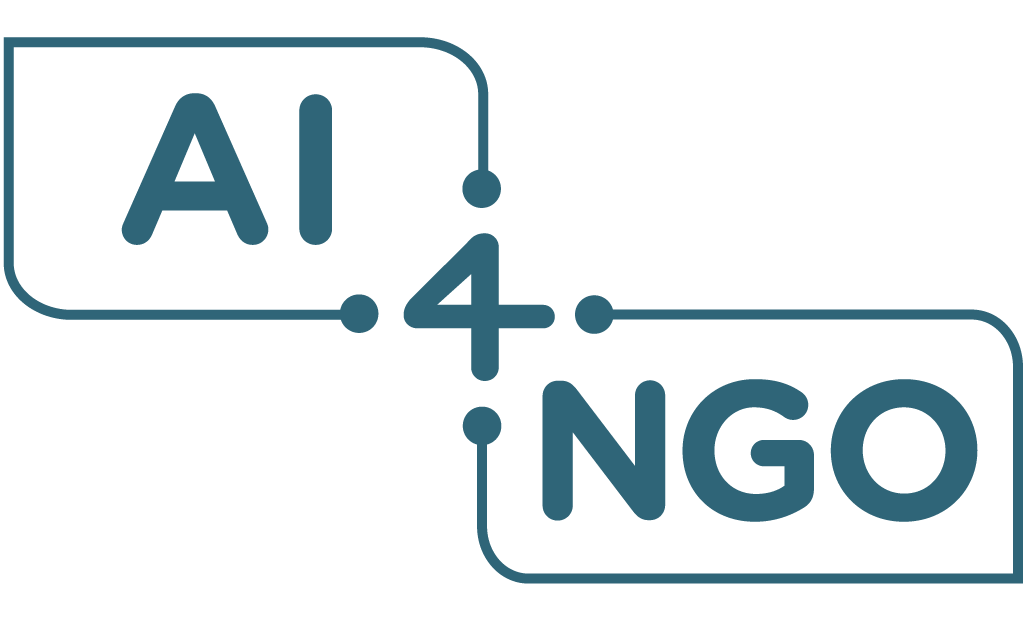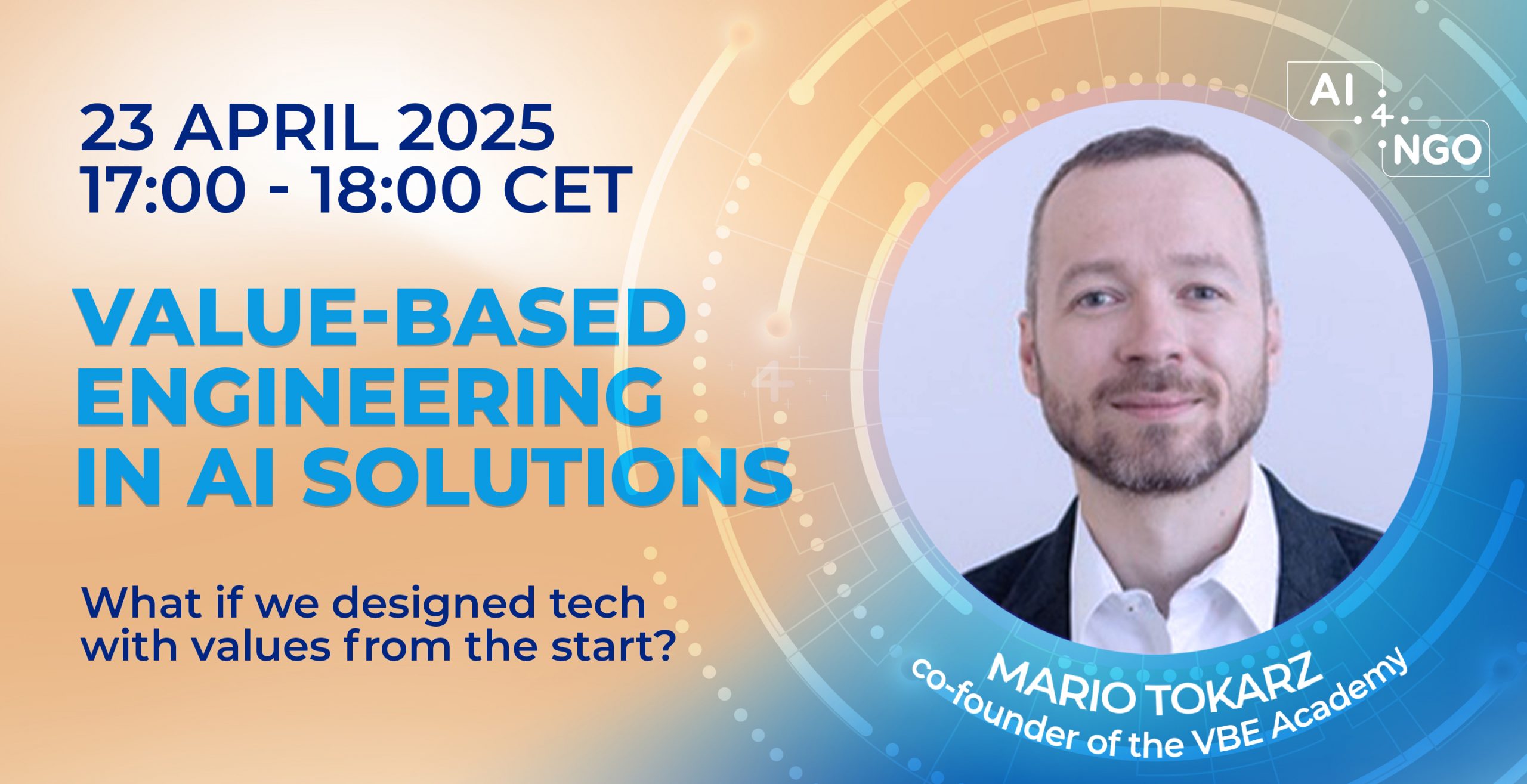This event has ended.
About the Event
What if we designed tech with values from the start?
Value-Based Engineering (VBE)is a practical, tested, and certifiable approach to building technology that reflects human values from the ground up.
In this webinar, Mario Tokarz, co-founder of the VBE Academy, will introduce the method and show how it helps teams integrate ethics, stakeholder needs, and responsible innovation into real-world projects. Grounded in the ISO/IEC/IEEE 24748-7000 standard, VBE offers a clear path to designing systems that are not only effective but truly human-centred.
What You’ll Explore
Who Will Benefit Most?
About the speaker
Mario Tokarz is the co-founder and CEO of the VBE Academy, a company specialized in training on responsible AI and digital transformation. With over 15 years of international experience, Mario has led large-scale AI and software projects and guided organizations through complex technological and cultural changes. His expertise spans AI, software engineering, and agile leadership, including contributions to initiatives such as BMW’s open-source software policy.
At VBE Academy, Mario focuses on helping organisations integrate ethical and socially aligned practices into system design.Value-Based Engineering (VBE) is a method grounded in the ISO/IEC/IEEE 24748-7000 standard that provides a structured process for aligning technology development with human values and stakeholder concerns.

